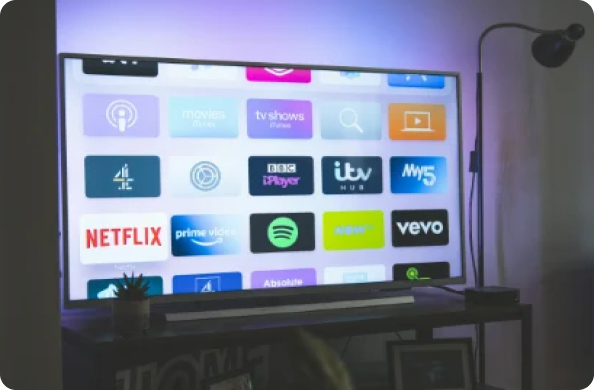
Content is king, but how do sales agents, distributors and rights holders demonstrate that their content is worthy or royalty?
A Highly Competitive Content Market
The film and TV sector is crowded with many players competing in a tightening market.
- The BFI suggest 2023 spend on TV and film production was down 32% from 2022.
- According to Ampere Analysis, commercial broadcaster content budgets have fallen since 2019 by 19%
- US theatrical studios are set to see a 14% year-on-year decline in content investment in 2024 due to the after-effects of strike action, and ongoing focus on cost-efficiency in a cinema market that remains depressed post-COVID
- Netflix content spend declined by 5% in 2022
- More positively, Ampere Analysis suggest that 2024 global content spend is looking to grow by 2%
Data de-risks content investments
In a market this competitive with purchasing decisions being driven more frequently by data analytics, content sales teams need to up their game in order to extract the greatest ROI and ensure their titles are seen by the widest audience possible.
Previously, content sales and acquisition was driven heavily by relationships amongst rights holders and acquisitions teams, with trust around previous content performance, gut instinct decisions based on show reels, trailers and promotional material.
Although reductive, streaming platforms broadly have 3 key interest areas - growing subscribers, reducing churn and increasing time spent or user engagement. As they grow ever more sophisticated with their content strategy, driven by a wealth of first party data and 3rd party data sources, they are able to dial in types of content that will achieve these 3 metrics, whether that be ‘tent pole’ high tier titles to draw in new subscribers, or low/mid tier content for their recommendation engine to keep users engaged after a big release.
No longer is it enough to present a poster, synopsis, list of talent and perhaps nominations when selling content. The importance of demonstrating demand and de-risking investment in content has become paramount.
Audience Measurement Data Drives Competitive Advantage
The ability to present comprehensive data when selling a title to demonstrate true audience engagement by territory with a franchise, content type, genre or catalogue title becomes an extremely valuable tool in a sales person’s armoury.
Below are some examples of how to demonstrate this value efficiently;
Serving Regional Demand. Demand for a title or multiple themes within a title can be presented visually comparing demand at a country level compared to global average, allowing acquisitions teams to see how the content over indexes as a percentage for their territories. This helps answer the question - how do I best serve audiences regionally?
De-risking investment. Affinity scoring allows a sales team to demonstrate to an acquisitions team that not only does their content over index in demand for key territories, but also has high affinity with titles already on an acquisition teams platform. Using data in a sales pitch is extremely effective at de-risking the investment for the acquisition team.
Optimizing Release Strategies. For theatrical sales teams or rights holders, being able to demonstrate there is value in a theatrical release of a title rather than regional distributors going straight to VOD has proven an effective use of the data for many clients.
The film and TV content industry landscape has dramatically changed in recent years and those who do not keep up to speed will be left behind.
About MUSO
MUSO Discover tracks demand on over 800,000 TV and film titles in 196 countries, and is used by both insight and acquisitions teams to understand true content demand trends to better service audiences, as well as sales teams to demonstrate the true value of their content.
If you would like to discuss how audience measurement can help you maximise the value of your content, just drop me a message.
Or email Guy @ MUSO.